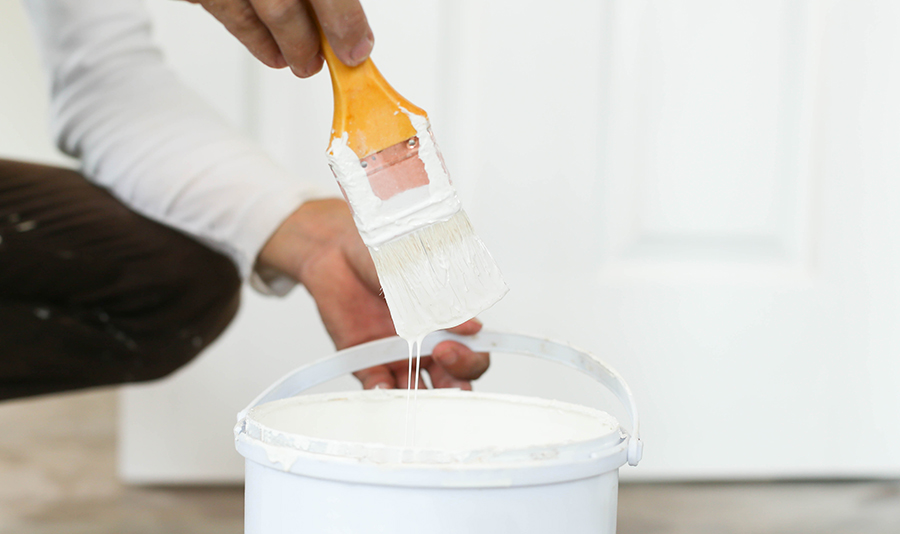Choosing a Paint Primer
Choosing a paint primer is overwhelming. There are hundreds of types of paint primer for hundreds of different purposes. Having some knowledge on which types of primers are good for the job you are doing will make the choice easier.

Paint Primers for Wood
New wood is thirsty and absorbs paint quickly. For bare interior wood, choose an oil based primer such as an enamel undercoat. An enamel undercoat will: Adhere better, seal the raw wood, hide imperfections, block wood tannin and bind wood fibers. This primer is also easy to sand out to a smooth finish.
Shellac primer is also an option for tannin-content woods such as cedar and redwood. Shellac primers: are a century old primer, are quick drying and work well for spot priming wood knots, prevent rusty nail heads and stop severe water-based stains from bleeding through the top coat.
A good acrylic or oil-based primer has the best finish for exterior wood. Previously painted interior wood doesn't require priming if it is in good shape. If it does need priming, use an oil-based undercoat after the surface is properly prepped.
Paint Primers for Drywall
New drywall requires sealing before painting because it absorbs paint unevenly. If you don't prime new drywall, blotchy, dull areas called flashing appear under the paint, giving the wall an inconsistent sheen. Use a primer specifically labeled as a drywall primer and sealer. Previously painted drywall doesn't require priming unless there is flashing. Use a polyvinyl acetate primer for a durable and washable surface. An oil-based alkyd primer: works hard to cover paneling, rust-prone metals, wallpaper and water stains. It will stop bleeding through of most stains and block most odors like smoke from fires and cigarettes. A water-based primer: works best to prevent the bleeding through of solvent-based stains such as crayon, grease, ink, and scuff marks.
Kitchens, closets, bathrooms, and laundry rooms are high moisture areas. Common paint problems include mildew, flaking, peeling, bubbling, and blistering. Use a vapor barrier primer to seal the surface and keep moisture out.
There is a paint primer for every need and every job. You now have the knowledge and facts to choose the perfect primer for your painting job. To learn more, contact us.
About the author
Chase DeRousse is the Vice President of Painting at Major Painting and strives to deliver quality craftsmanship coupled with superior customer service, creating a unique and pleasant experience for all Major Painting customers, no matter the size of the project. Chase also holds an active Class A General Contracting License.
Chase has won multiple accolades recognizing his leadership and excellence in the painting industry including awards from the Painting Contractor Association (PCA), Business Owners and Managers Association (BOMA), and Institute of Real Estate Management (IREM).